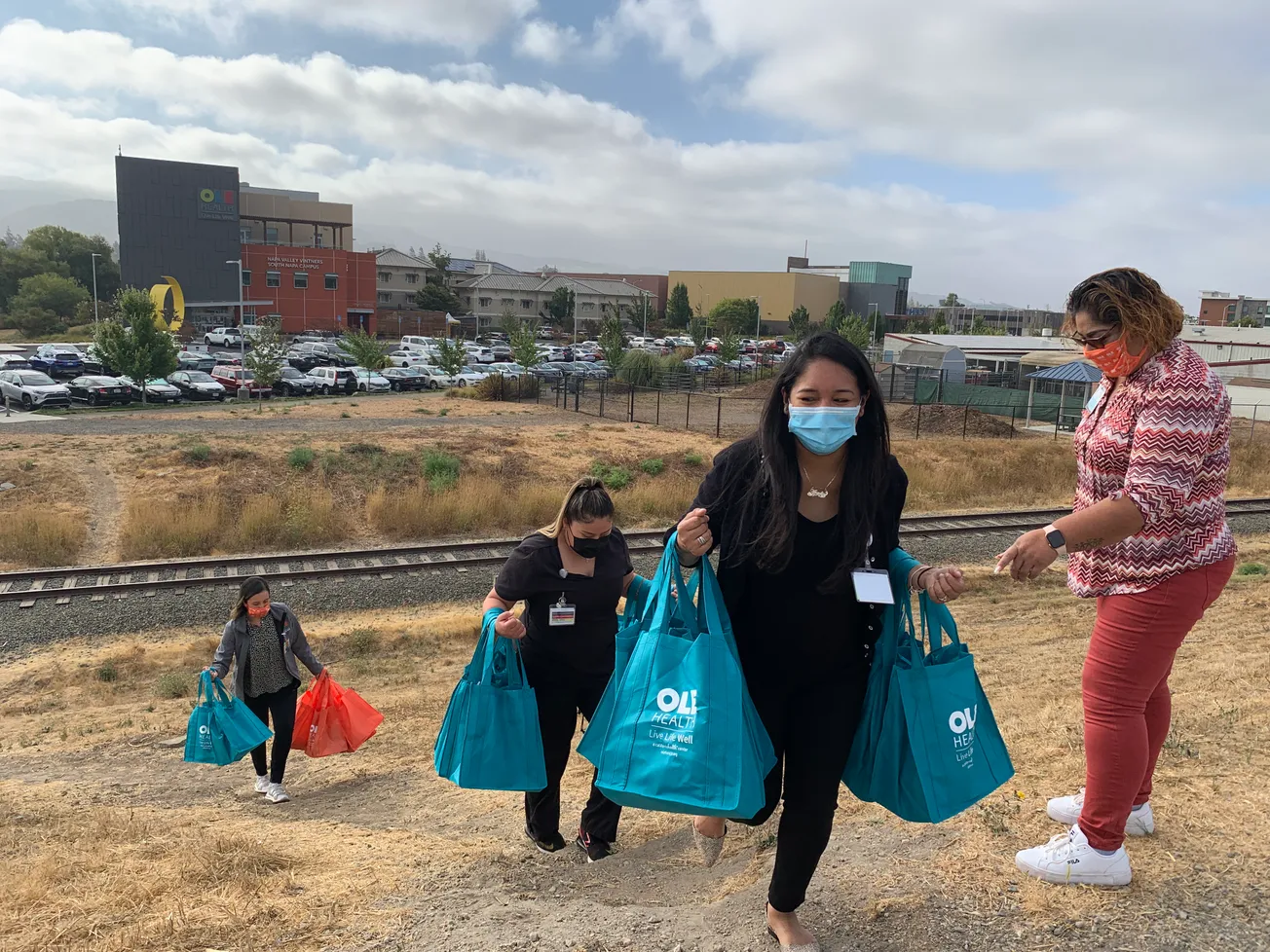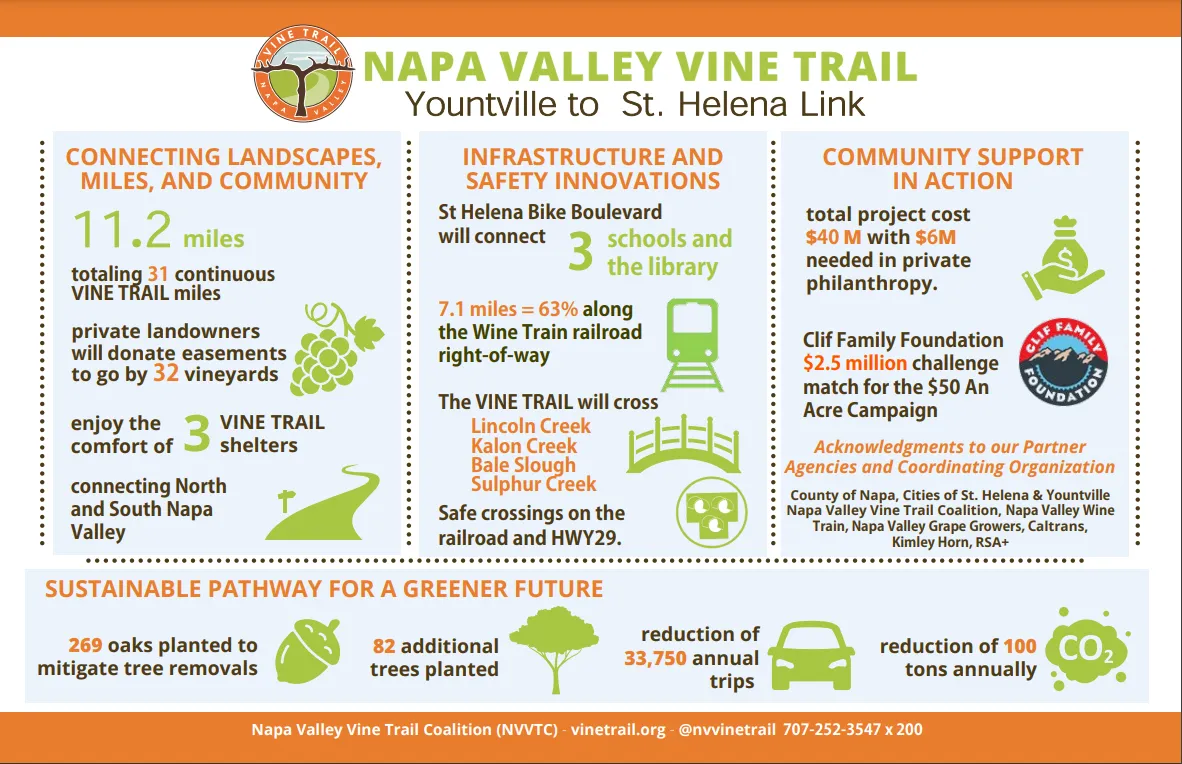Today, as California voters decide whether to approve a colossal shift of local mental health funding, Napa’s county and nonprofit service providers are largely silent on whether they support the change, and uncertain what it could mean for the people they serve.
Proposition 1, supported by Gov. Gavin Newsom, would restructure the state’s Mental Health Services Act to reallocate money historically marked for mental health services to create housing and treatment beds for homeless people across the state.
“This measure will change the way that counties allocate funds for a variety of mental health services with greater emphasis on serving the homeless population and less on prevention programs,” said Rob Weiss, executive director of Mentis Napa, a nonprofit center for mental health.
In 2004, voters passed the Mental Health Services Act, which placed an annual 1% tax on incomes over $1 million to support county-level mental health services. The law, which raises between $2 billion and $3 billion annually, helps counties fund local prevention and early intervention programs, and tailor services to the needs of specific populations, such as BIPOC and LGBTQ communities.
According to Weiss, the MHSA “has been generally successful in expanding access and improving the mental health system in our state.”
The Register and Highway 29 asked a dozen county, city and nonprofit agencies whether they supported Prop. 1, but despite the transformative nature of the plan, none, including Mentis Napa, stated a position.
“Prop. 1 is complicated,” Weiss said, adding that “the impact on smaller counties such as Napa that have a smaller homeless population compared to large California counties is unclear.”
Alicia Hardy, CEO of the Napa nonprofit health center CommuniCare+OLE, agreed that the initiative’s moving parts have made it difficult to predict its effect on local programs and their clients.
“There are some positive aspects to the proposition, like allowing MHSA dollars to be used for treatment, for substance use and, of course, increasing housing for the unhoused,” Hardy wrote in an email to the Register. “These provisions are important and necessary but so is funding for mental health services currently offered to our community, which would be impacted should Prop. 1 pass.”
In addition to Mentis Napa and CommuniCare+OLE, Aldea Children and Family Services, Cope Family Center, UpValley Family Centers, SHINE Napa Valley, LGBTQ Connection Napa and Abode Services, along with Napa city and county officials, declined to state a position or did not respond to requests for comment on Prop. 1. Still, some expressed concerns.
“While Prop. 1 does create some housing, it largely just moves the money around,” said Bronwyn Hogan, vice president of community relations at Abode Services.
Abode, a nonprofit, operates an emergency shelter, provides rental assistance and creates affordable housing in Napa County.

“We believe in housing,” Hogan said. “We do what is necessary to build more housing, and to focus on housing-related interventions. We also know that communities need strong mental health supports.”
Hogan said Abode supports the creation of more resources, but that Prop. 1 “unfairly pits housing needs against mental health needs.”
“Mental health resources are already insufficiently funded, so any further reduction, even a minimal one, could have a detrimental impact on those services,” Hogan said.
Mental health professionals are not the only stakeholders debating Prop. 1 behind the scenes. Law enforcement officers find themselves at the nexus of homelessness and mental health as a matter of course.
“We are dealing with mental health calls almost daily,” said Napa County Sheriff Oscar Ortiz. “And a lot of times our officers deal with people with extreme psychosis and there is nowhere to put them.”
Ortiz said he would consider Prop. 1 a step in the right direction if it means his department had more safe places to take people experiencing mental health crises.
“That would impact our work in a positive way,” he said. “What we are doing to tackle homelessness and mental health services is not working, so anything is better than nothing at this point.”
Backers of Prop. 1 have enjoyed bipartisan support for the plan in Sacramento, largely because of its promise to curb homelessness, one of California's most intractable and politically fraught issues, and one near the top of voters’ concerns across the state.
Under the current law, counties receive and control 95% of Mental Health Services Act dollars and the state controls the remaining 5%. If Prop. 1 passes, that number would rise to 10%, and counties would have to spend about a third of their MHSA money on housing and rental assistance for people suffering with mental health problems.
The plan would also approve $6.4 billion in new bonds, of which $4.4 billion would be spent to create new facilities for mental health and substance abuse treatment.
The state would control the remaining $2 billion, and local governments would receive grants or loans to convert motels and other buildings into housing for people experiencing homelessness or who are at risk of becoming homeless.
Just over half of the $2 billion is marked for veterans' housing.
Although the state expects the Prop. 1 bonds to fund 4,350 new housing units and 6,800 new treatment beds, an estimated 180,000 people are currently homeless in California.
The annual count of unhoused individuals in Napa County tallied 506 in 2023, the most recent year for which statistics were available, up slightly from 494 in 2022.
Sheriff Ortiz said that although he welcomes efforts to build safe, supportive housing, he has watched the state pour money into the homelessness crisis for years, and the needle has barely moved.
“Sure we can turn hotels and motels into temporary housing,” Ortiz said, “but you will eventually run out of those, and then what? Is the Prop. 1 approach sustainable?”
Collaborative journalism project
This story was produced as part of the Napa Community Journalism Lab, supported by Napa Valley Community Foundation. The lab is a collaboration of The Napa Valley Register, Highway 29 Media, and Wine Down Media. Trey Bundy is our lead editor in residence. Dana Cronin is our producer in residence.
Our mission is to engage with readers, journalists, residents and decision-makers around impactful reporting that serves all communities of Napa County.
We believe Napa’s Spanish-speaking community deserves quality news in their language and we are committed to providing it.








